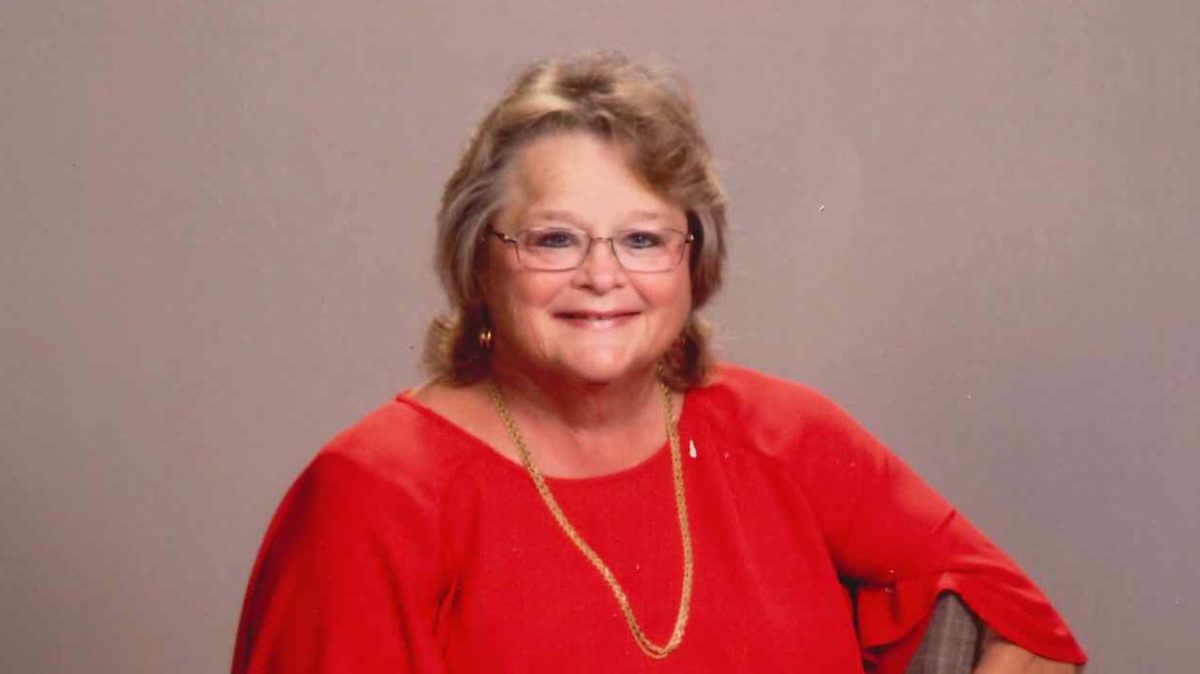In a single motion, Catherine Behanna’s life changed.
It was a movement she had performed so many times over the course of her 68 years – a simple reach while she was trimming her roses. But this time, pain coursed through her back and took her to the ground.
“It felt like somebody broke my back out of my body,” she says of the agony she felt in the yard that day.
In an instant, this strong, active woman was unable to even walk to the mailbox and back. Panic settled in with the pain.
“I’m a widow and I need to be able to take care of myself,” she says. “My passion is working in the garden and taking care of things, and you become fearful if that’s taken away from you.”
Now as the Myrtle Beach resident surveyed her house and bushes, trees and lawn, she saw all the chores that required bending. Her second passion is decorating the house for every holiday, and that was also out of reach.
“When you can’t get around, it’s scary,” she says. “I’ve always been able to take care of everything, but I was getting fearful that was it for me.”
Although Behanna was scared of the pain, she was equally afraid of back surgery. After the traumatic loss of her husband in 2010 following a brain injury, the word “neurosurgeon” brought to the surface difficult emotions.
She’d had her knees replaced years earlier, but this was different.
“I tried all of the conservative measures I could, including pain therapy and physical therapy, but I didn’t have relief,” she says. After nearly a year of living with pain and weakness, Tidelands Health neurosurgeon Dr. M. Daniel Eggart suggested it might be time to begin considering surgery.
“I didn’t want to do that,” she says. “But I knew that my life was over if I can’t walk and do things. I put surgery off too long because I didn’t want to go through the recovery.”
Hindsight being what it is, she says she wishes she had gotten started sooner.
Behanna retired from Tidelands Waccamaw Community Hospital after 15 years handling the administrative side of surgery. Being a patient on the other side of that process was nerve-racking, but Dr. Eggart’s confidence and competence put her at ease, she says.
“He told me what the problem was, ordered tests and all the fear just went away,” she says. “I really did trust him and I still do. He said he has done hundreds of these surgeries.”
In four hours on May 14, Dr. Eggart was able to repair that which had taken a lifetime to degenerate.
Her pain had been caused by spinal instability and a narrowing of the spinal canal when she stood and walked, along with a cyst that pressed on the nerves in her spinal canal.
Dr. Eggart removed the cyst and a degenerated disc between her L4 and L5 vertebrae. He used rods, screws and bolts to fuse the two vertebrae together to eliminate the pressure on her nerves. Bone marrow from her hip was inserted into the spinal canal to promote healing.
“Dr. Eggart was absolutely amazing,” Behanna says. “He said he knew what the problem was and he could go in and repair it and he did. I got my life back. He gave me my life back again.”
These days, Behanna is walking two miles a day and swimming. It’s still too soon to stress the newly fused vertebrae with lawn work, but she’s looking forward to 2019. And that’s much better than where she was at the beginning of 2018, she says.
“It’s not unusual for patients to be nervous about back surgery,” Dr. Eggart says. “For the correct patient and completed properly, however, it can be very beneficial.“
In Behanna’s case, after months of trying more conservative options, surgery was clearly the best approach, he says.
“When patients begin to recover and start reclaiming their activities, we see how life-changing it can be,” he says. “For someone like Ms. Behanna, that means keeping her active and independent, and getting her back to her roses.”
Behanna’s recovery started with intensive inpatient rehabilitation through Tidelands Health Rehabilitation Hospital. The early days were difficult: three-hour sessions every day for seven days.
“It was intense, but they took incredible care of me,” she says. “Occupational rehab taught me to get in and out of the bed and bathe and brush my teeth, basically tricks and instruments to use to help with everyday chores like putting shoes and socks on.”
When she was discharged from the hospital, rehab continued on an outpatient basis. Michelle Sine, a physical therapist for Tidelands Health Rehabilitation Services at Myrtle Beach, saw Behanna twice per week for eight weeks. Together, they worked to strengthen Behanna’s lower body, improve her balance, walking and muscle flexibility.
She says Behanna is a success because she’s a highly focused and motivated person, and she has a support system of family and friends.
Behanna says Sine is both tender and tough.
“She holds you to task, and that’s what I knew I needed to get back on my feet,” Behanna says. “I never thought I’d be up and walking so soon. They taught me how to live and take care of my back. They taught me how to vacuum my floor the right way. It’s nice to know that people care that much about you to help you that way.”
